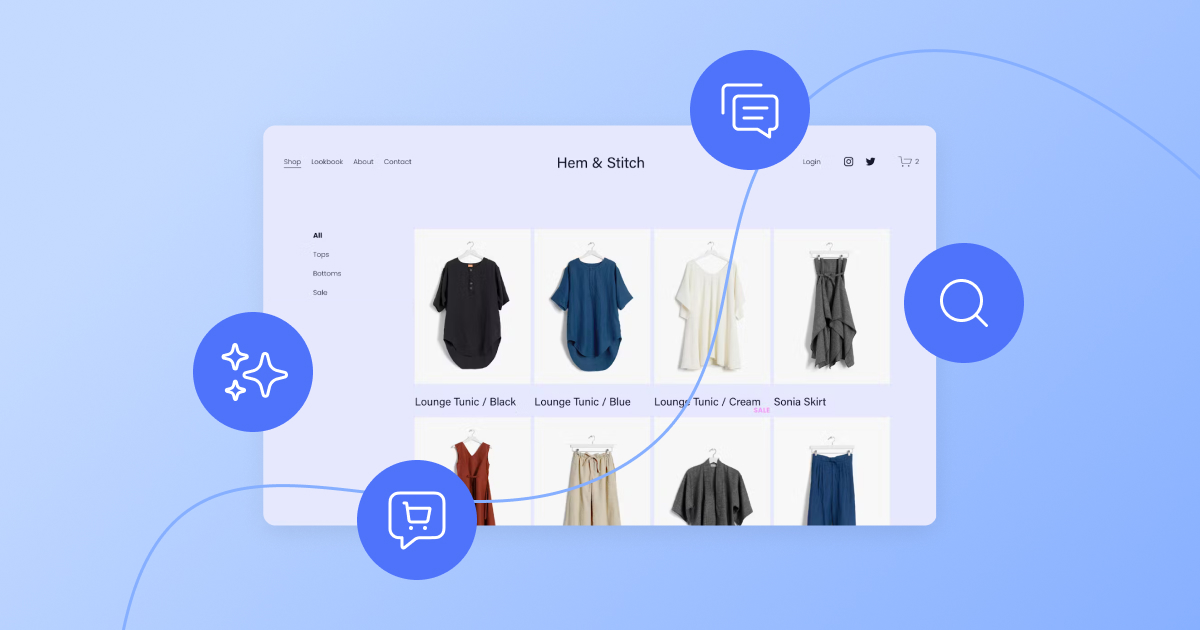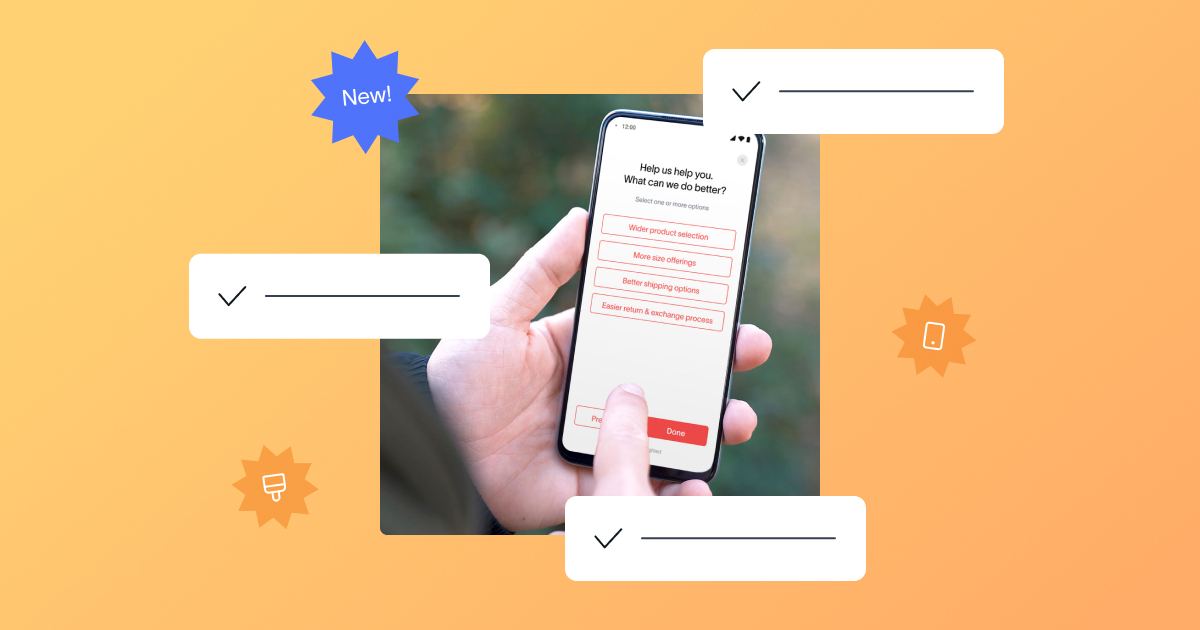We started Delighted just over 3 years ago and we’ve seen growing interest in Net Promoter Score (NPS). The interest has ranged from those who are very familiar with the methodology to those who are looking to build a business case to start using it, to those that have no familiarity with NPS at all. Even though NPS has been around for over 10 years, there is still a limited amount of helpful information on how to get started with NPS. We decided to create a primer and provide examples of how the NPS methodology can help any type and size of business.
What is Net Promoter Score and how does NPS work?
NPS is used to measure customer loyalty, a critical metric for business success. Bain & Company introduced NPS in 2003. It’s become widely accepted since then, with businesses using it as a standard for tracking customer loyalty and satisfaction. NPS helps you measure customer loyalty by asking a simple question:
How likely is it that you would recommend Company X/Product Y/Service Z to a friend or colleague?
Customers leave a score from 0 to 10. Based on the score they provide they are bucketed into three groups: promoters, passives and detractors. Promoters are customers that give a 9 or 10 score, passives a score of 7 or 8, and detractors a score of 0 to 6.
In addition to the rating question, the NPS survey asks a follow-up question where customers share the reason for their score, in their own words. It is this open-ended feedback that represents the voice of the customer and provides invaluable feedback for any business.
A bit about the three groupings: promoters, passives, and detractors. Promoters are fiercely loyal to a brand and willingly recommend it to friends and family. Passives have neutral feelings or experiences with a brand. They’re not likely to harm a business with negative word-of-mouth, nor are they likely to recommend the business. They’re just unenthusiastic and may switch to a competitor who offers something new or more interesting. Detractors are not happy with the company and are likely to share their negative experience online and with friends and family.
Once you have collected responses from your customers you are ready to calculate your NPS. The NPS calculation is simple – you subtract your percentage of detractors from your percentage of promoters. NPS scores differ from industry to industry but generally speaking a score of 50 or higher is a good score.
NPS fuels business growth
Implementing NPS across your customer base ensures your team gets a varied and steady flow of feedback – both positive and negative. Positive recommendations are crucial to growing your business. In the original Net Promoter study, Fred Reichheld found that the response to the “willingness to recommend question” had the strongest link to customer behaviors that boost repeat purchases or referrals. Word of mouth from your best customers (i.e. promoters) have a powerful influence on purchasing decisions. In 2011, Harvard Business review reported that a referred customer is 18% more loyal than a customer acquired through other channels; a referred customer also generates 16% more in profits.
An NPS tool will help you identify your promoters whom you can connect with using a variety of marketing programs. Your promoters can create a ‘referral engine’ for your business by recommending your business to their family and friends, thereby bringing new customers to your business with a stronger sense of loyalty at a lower cost of acquisition. Conversely an NPS program will help you identify your detractors and give you the opportunity to turn them into passives (which is a worthwhile effort because they are less likely to damage your brand) or promoters (which is the ideal scenario because they are ambassadors for your business).
NPS delivers valuable, unfiltered customer feedback
In terms of customer feedback, long, complicated surveys typically don’t accomplish much. In Scoring Success, a paper by David Whitlark and Gary Rhoads, the professors discuss the benefits of including open-ended questions so respondents can freely express their opinion of your business. The open-ended follow-up after the initial scoring question is key to the success of an NPS program. Customers are empowered to speak their mind, and it’s these comments that allow you to improve your business processes in order to continue to build loyalty amongst your customers.
In 2013 Munchery, a food delivery service, underwent one of the riskiest processes for any business: a complete overhaul of its brand. Using NPS, Munchery monitored the reaction to the changes in real time. Based on customer feedback, Munchery decided to move to biodegradable packaging. The feedback helped ensure the re-brand was smooth and integrated the feedback customers had been sharing.
NPS can improve your product development process
Used correctly, customer feedback can have a tremendously positive impact on your product development process. In many organizations, product development teams are not exposed to direct customer feedback – the feedback is either sanitized or summarized by another department before it reaches the development team, or worse, the feedback never even makes it to the product team. By implementing insights gleaned from NPS, you will uncover opportunities for new features, changes to your policies, deeper understanding of how your product impacts customers, and help your team better empathize with your customers. Every company wants to be customer focused and NPS provides a reliable way to actually be customer focused day in and day out.
NPS offers practical business insights to improve customer experience
In 2006 Phillips, the global electronics manufacturer, started using NPS. Soon enough, Phillips discovered the need to have support for customers on weekends. The team found a way to offer support on the weekends and customers have been thrilled.
While Phillips has been using NPS for over a decade, Tuft & Needle, whose mattress is rated five stars on Amazon, started using NPS more recently. Started in 2013, Tuft & Needle was inspired by a poor mattress buying experience, and the founders wanted to ensure that their customers had a dramatically better experience. Tuft & Needle was receiving feedback that the mattress setup process was good, but not great. The team was able to discover that customers were opening the mattress boxes in their living room – where there’s space – and then moving the mattress to the bedroom. So Tuft & Needle added strong handles to the mattress sides and also added more information to let customers know they should open the box in their bedroom.
Whether you’ve been using NPS for years, or are new to NPS, both these examples illustrate that companies of all sizes, and in all industries, can use the NPS methodology to improve internal processes and create an experience that customers love.
There’s no point to NPS without action
While NPS delivers valuable feedback, your business must be committed to act on the feedback. NPS has the power to deliver great insights, but there’s no point to the insight without action. A Bain study discovered that organizations that deliver consistent customer value grow at more than twice the rate of the competition.
If you don’t yet have an NPS program, or if you’re new to NPS, you can start small with Delighted. Begin by launching NPS in one department. This way you won’t become overwhelmed with feedback, or overwhelmed by any changes in your processes that may be required to address the feedback. Once you have seen initial success it will be easy to use NPS to make an impact across your organization with the help of our self-service experience management software.







